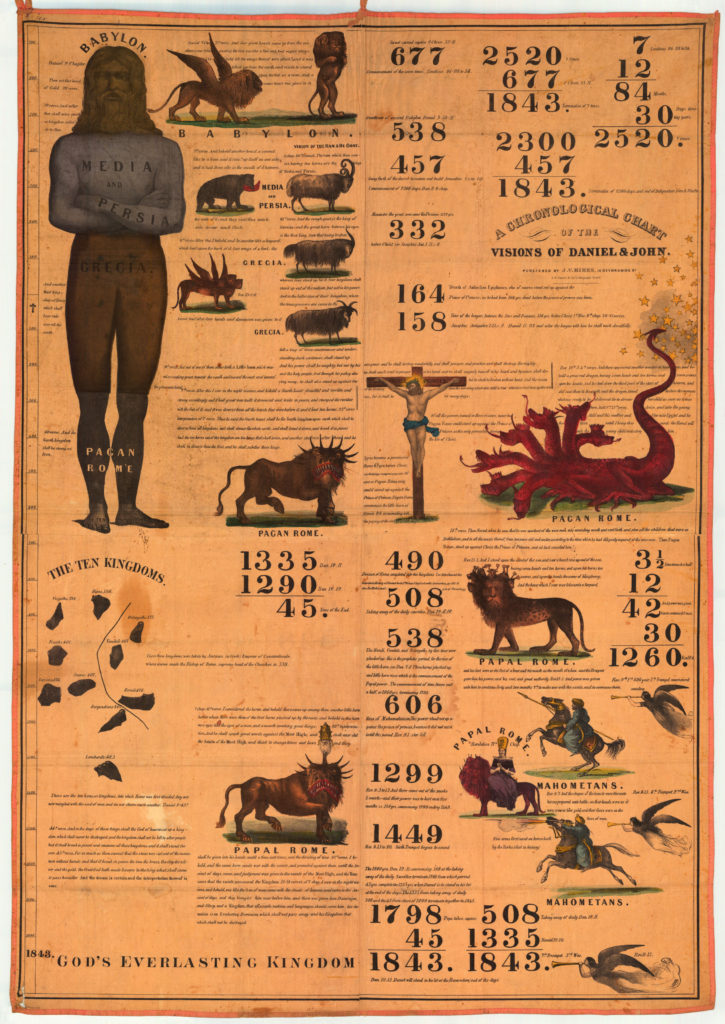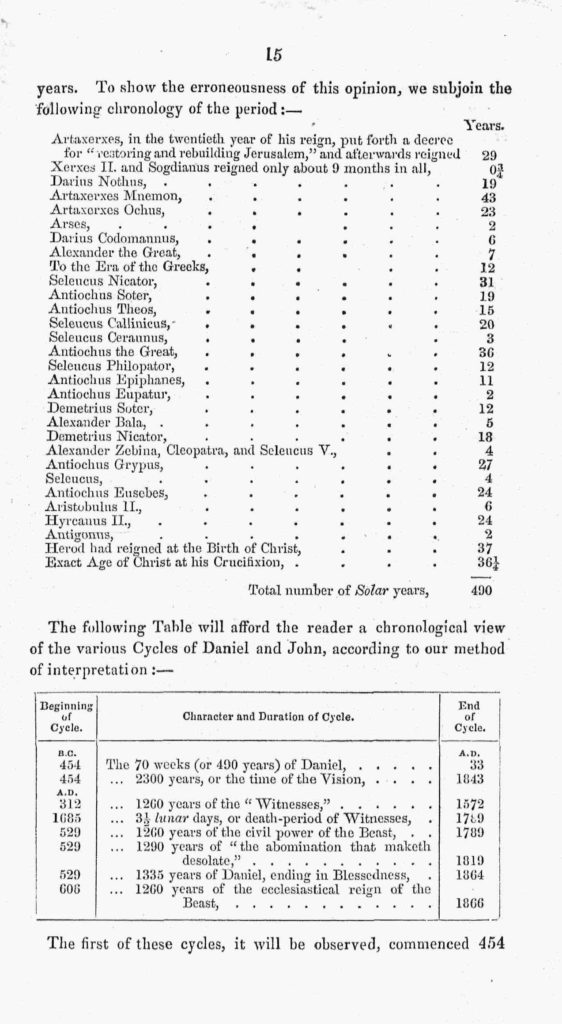Claire Jones, a summer intern from Princeton University, has previously posted about her project centered on Judaica at AAS. This is the next installment in her findings.
When I started working on the Judaica collection, I’ll admit I didn’t exactly have a clear idea of what I was expecting to find. I think I was envisioning a lot of Hebrew; other than that, I’m not too sure. What I definitely wasn’t expecting—though in hindsight, I probably should have guessed—was that a significant portion of AAS’s Judaica holdings would be authored by Christians and deeply religious in subject and tone. Of course, it all makes sense to me now: the majority of my time period falls either during or just on the heels of the Second Great Awakening, when Americans really seized Christianity and ran with it in all different directions. Most discussions of Christianity will inevitably involve Jews as well, especially when discussing the Bible or biblical history, something a great deal of these nineteenth-century authors did.

A lot of these religious works start to seem pretty similar after a while—most of them just rehash the same stories and history over and over again. There is one strain of thought, though, that is endlessly fascinating to me, so fascinating that even though there are probably fifty books dealing with it in the collection, I would read them all cover to cover if I could. These are the millenarian works, all those tracts and pamphlets that try to let the God-fearing know when and how the Second Coming of Christ will occur, and I love them.
I think one of the reasons the End Times works always get me is because of how learned so many of them are. These aren’t kooky end-of-the-world predictions scribbled out by lunatic cult leaders; instead, they are, for the most part, detailed dissections of the prophecies from the Books of Daniel, Isaiah, Ezekiel, Revelations, and more, all cross-referenced (or at least attempted to) with what the authors knew from Persian and Greek histories of the region. After focusing on the U.S. for so long, it’s kind of fun to jet off to ancient Babylon or Jerusalem for a while. The calculations of when the Apocalypse is supposed to happen are also fascinating, as these authors try to reconcile half a dozen different prophecies into a single figure that, of course, conveniently always ends up being sometime in the middle of the nineteenth century.

Most of these books are classified as Judaica because they talk about the restoration of the Jews to their biblical home, something that the Bible says has to happen to set the End Times in motion. Some of the authors dispute that this is a real requirement—one of my favorites is Josiah Litch, a member of the Millerite movement, the leader of which, William Miller, convinced so many people to sell all their possessions and prepare for Christ’s return that, when the world didn’t end in 1843, thousands of them were left destitute in what later became known as the Great Disappointment. But it’s far more entertaining when a writer tries to predict how exactly the restoration will happen and what will come next. And no one does this better than David Pae.
Pae was an Englishman writing in the early 1850s who predicted that 1866 would be the year of the Apocalypse. What makes Pae’s book, The Coming Struggle Among the Nations of the Earth, spectacular, though, is his weaving of biblical prophecy together with contemporary politics to create what, to the twenty-first-century eye, comes off as some of the most intriguing alternative history I’ve ever read. Pae’s overall vision of the Second Coming happens in a number of different stages, namely: 1.) France and Austria will go to war, with the papacy caught in the crossfire and destroyed. 2.) Russia will then invade and conquer the rest of Continental Europe, leaving Britain the only free European nation (if you’re getting some World-War-II-mixed-with-Brexit vibes here, you’re not alone). 3.) Britain will have to establish a Jewish colony in Palestine as a buffer between the Russian Mediterranean and their holdings in Africa. 4.) The East India Company, filling the role of some “merchants of Tarshish, with all the young lions thereof,” will inform the London government of Russia’s moves against Egypt and Ethiopia, prompting 5.) A massive battle taking place outside of Jerusalem, with the British joining up with the Americans, Australians, and Jews to take on the Russians, when 6.) God comes down from Heaven to smite the Czar as the personification of Gog, ushering in a new age of peace and harmony led by the Anglo-Saxon peoples, with the Jews as their helpers.
As if all this wasn’t enough, it turns out that Pae wasn’t the only one thinking along these lines. In 1845, M. M. Noah, a prominent Jewish figure in literature and politics, published a Discourse Concerning the Restoration of the Jews that urged Christians to support a Jewish state in Palestine in order to hasten the Second Coming that they all wanted so badly. Noah’s predictions for the restoration and its aftermath at points look incredibly similar to Pae’s—Russia, Jerusalem, even the East India Company’s involvement—all made more complicated by coming from the perspective a Jew who, presumably, would have no personal stake in figuring out when Jesus’s return would happen. The real angle on his work is respect for the Jews as the forerunners of Christianity and their right to a home in the Holy Land, but the fact that he’s couching all these appeals in apocalyptic language is significant, and the similarities to Pae’s work are doubly fascinating.
So was Pae’s vision of the Apocalypse really not so unique? Did he lift some ideas from Noah’s earlier publication? Or is it all a big coincidence? I’m honestly not sure at this point. If I have the time, maybe I’ll find out—and, come to think of it, doing that would probably give me a reason to read through the rest of these Apocalypse works. So maybe I’ll just have to make time.

One thought on “Reading the Apocalypse”